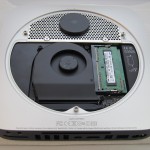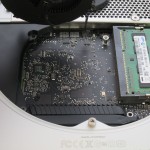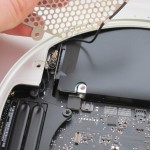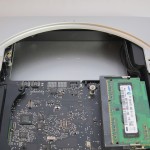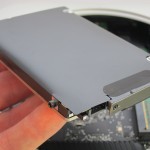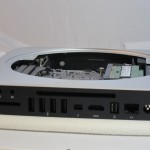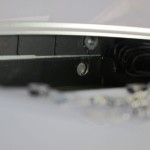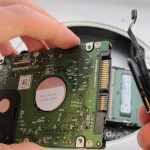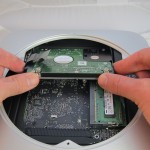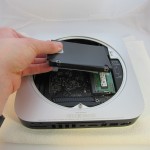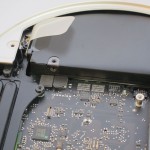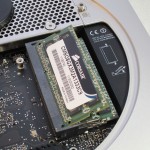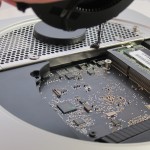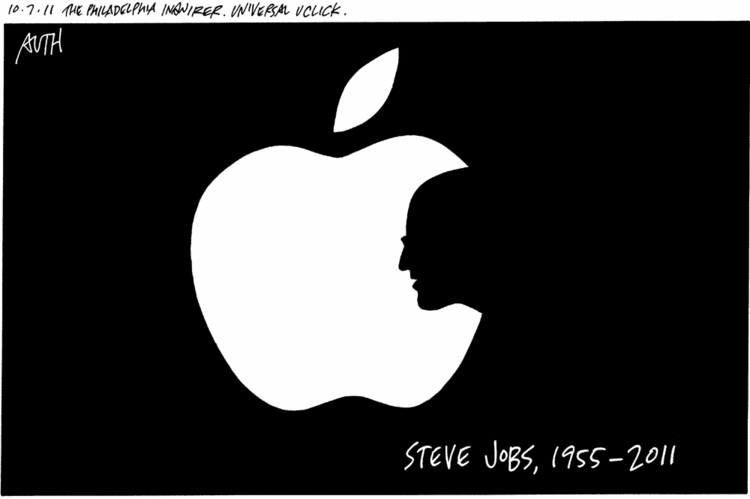
by Tony Auth
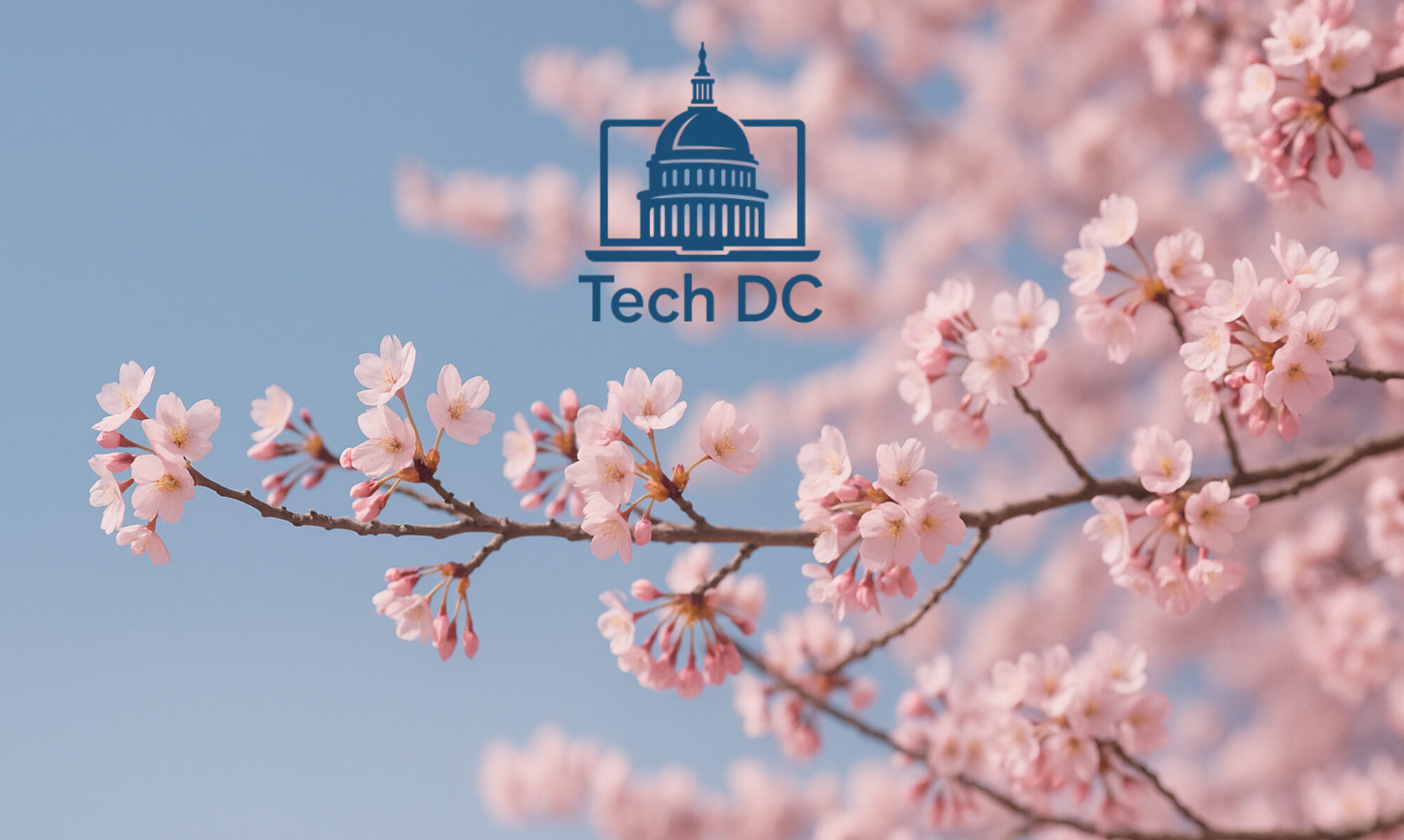
Tech DC – home and office computer support for D.C., Virginia & Maryland
info@techdc.com / 202-568-9986

by Tony Auth
Apple keyboards have an eject key in the upper right corner that works with built-in Mac DVD drives. If you have a new Mac Mini without an optical drive, you might want to use a 3th party external disk drive. The problem is that the eject key doesn’t work for these drives.
Thanks to tjb1 at MacRumors who gave instructions on how to make the eject key work.
We just upgraded a 2011 Apple Mac Mini to have an SSD, a second hard drive, and new RAM.
Video
Also available on YouTube in High Definition or Standard Definition.
Parts List
Alternate Parts List
The OCZ Vertex 3 is the fastest consumer SSD at the moment. Other SSD’s that you might consider include:
The Western Digital Blue drive mentioned above is high capacity and quiet. For a faster spinning hard drive consider:
The dedicated graphics in the mid-tier Mac Mini make it worth it for me. But for the cheapest Mini, consider:
UPDATE: My video shows adding two 9.5MM height drives. I just upgraded another Mac Mini with a 9.5MM SSD and a 12.5MM standard hard drive. As with my first upgrade, the hard drive goes in the bottom slot (the side closest to the top of the case when upright). This does fit. But first you need to slide the logic board out slightly. Be sure to remove the IR port adapter before sliding out the logic board. The OWC video shows how to do this. I used a cut up coat hanger to insert into the logic board holes and slide it out.
First Boot
Starting with a blank hard drive is easy on the 2011 Mac Mini. Hold down Command-R to boot into Lion Recovery which allows you to format the drives and download Lion over the Internet.
TRIM Support in Lion
For optimal SSD performance, enable TRIM support within OS X Lion. Grant Pannell describes the terminal commands to enable TRIM.
Photos of Upgrade
